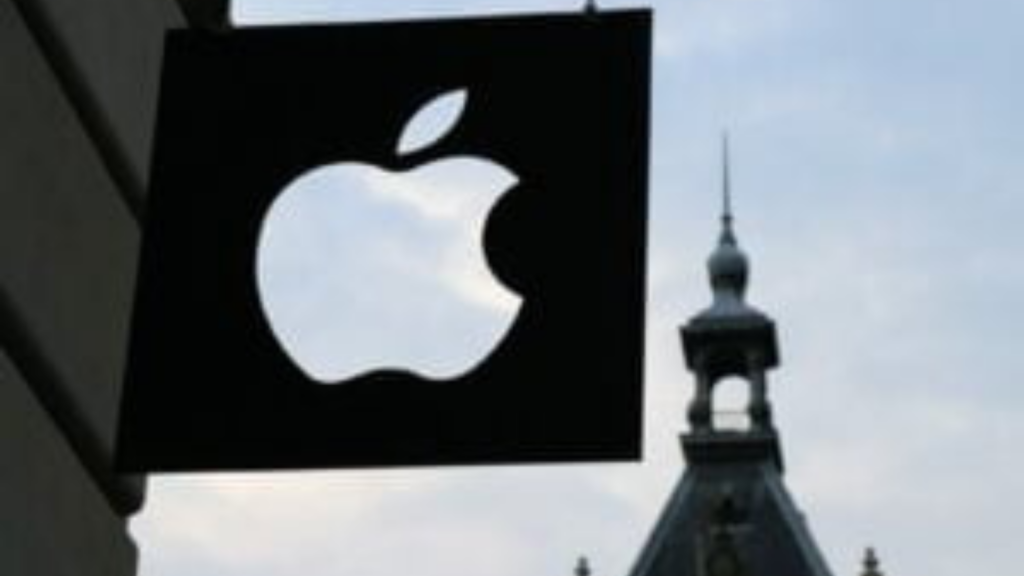Canada and the United States share one of the closest economic relationships in the world, but that doesn’t always mean Canadians benefit equally. American companies often dominate the Canadian market, influencing prices, product availability, and even the survival of local competitors. While some American brands offer convenience or quality, others quietly undermine Canadian interests in less obvious ways. Here are 15 American brands Canadians didn’t know were hurting them.
Walmart
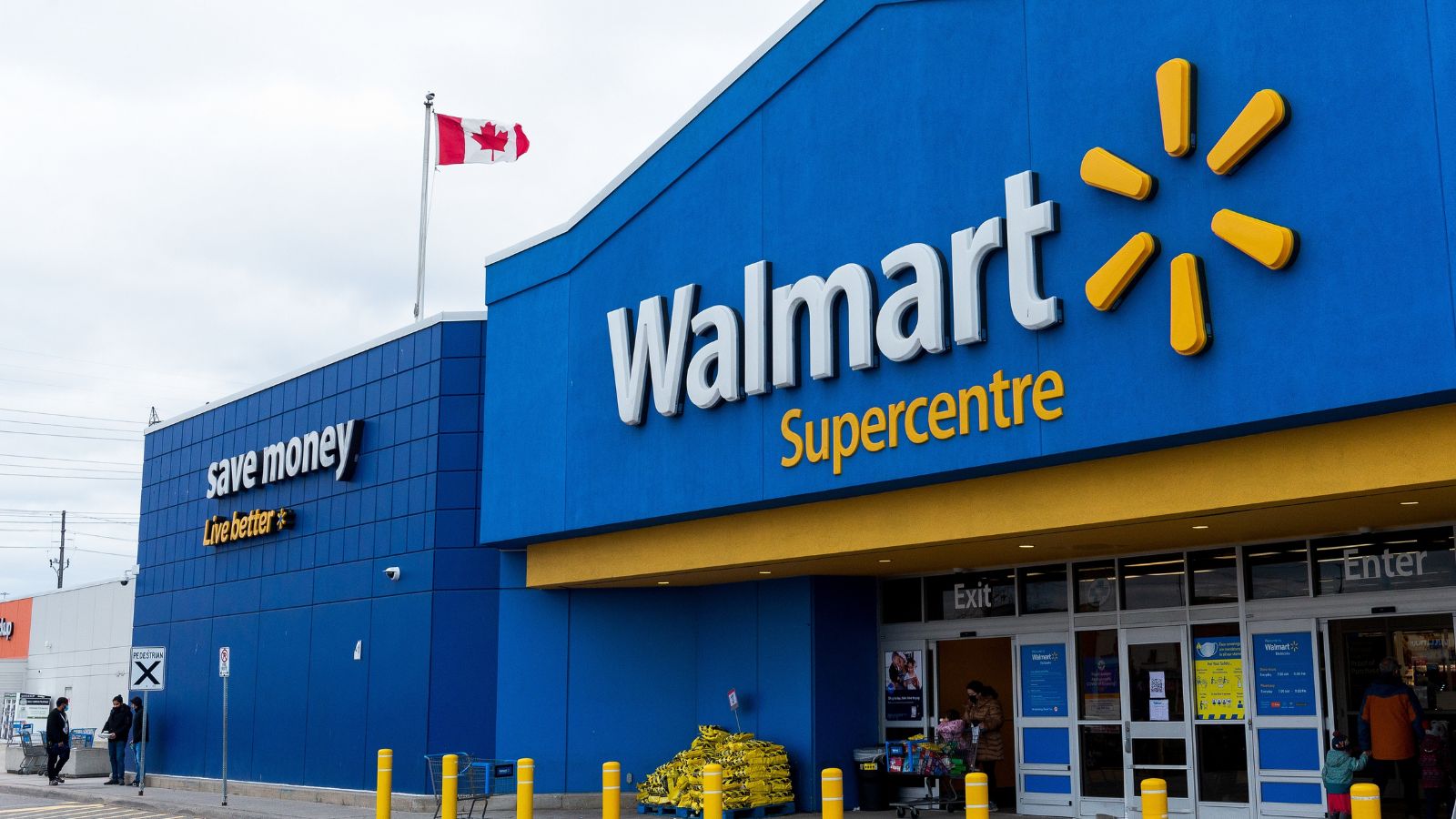
Walmart may offer low prices, but its arrival in Canada has had lasting consequences for small businesses. Many local retailers were forced to close as they couldn’t compete with Walmart’s economies of scale and aggressive pricing. In rural communities, this left fewer choices for consumers and weakened the local economy. The brand’s influence also drives down wages and benefits across the retail sector, with ripple effects that hurt Canadian workers.
Amazon
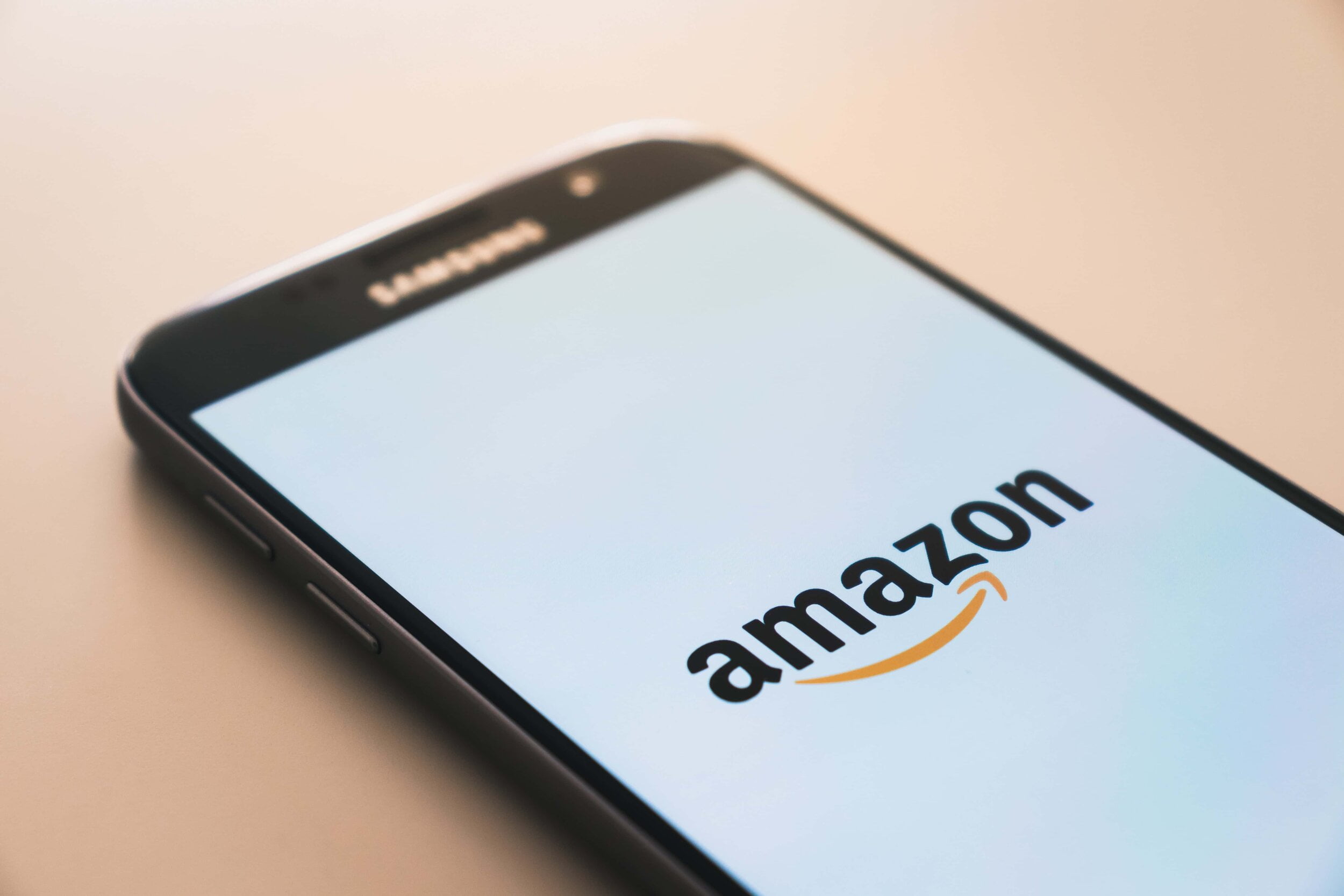
While Canadian shoppers love the speed and variety of Amazon, they often don’t realize how it weakens local businesses. Many Canadian booksellers, electronics stores, and boutiques have struggled to survive as Amazon offers deep discounts and fast delivery backed by American infrastructure. Amazon also avoids certain taxes and often imports U.S. products that bypass Canadian content rules. This damages Canada’s cultural industries and local entrepreneurship over time.
McDonald’s
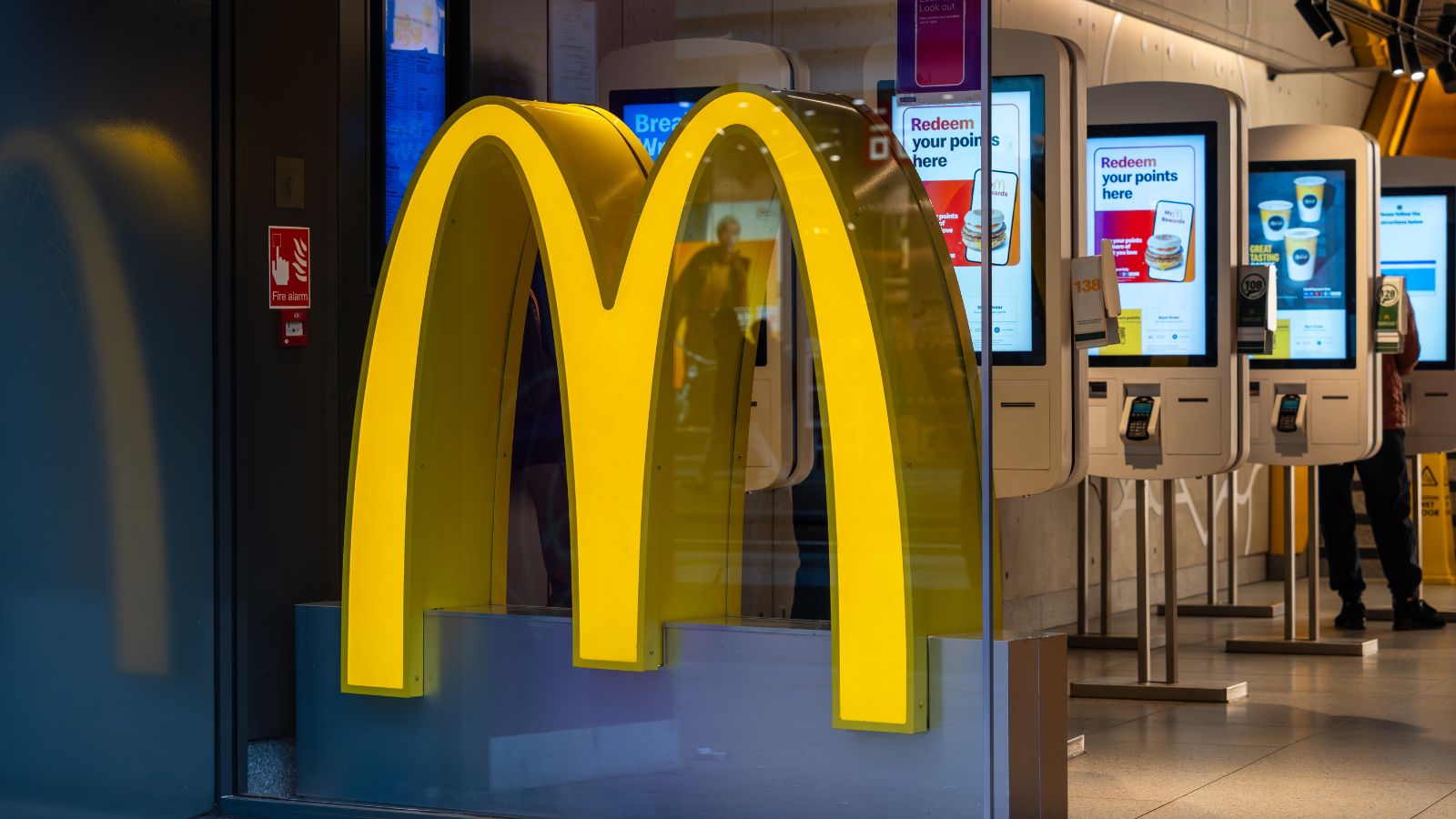
McDonald’s is a fixture in Canadian life, but its presence has altered the country’s food landscape in negative ways. The brand encourages unhealthy eating habits and contributes to growing concerns about obesity, particularly among youth. It also exerts pressure on Canadian farmers and food producers to meet mass-production needs, often favoring cost over sustainability. Meanwhile, smaller local restaurants can’t compete with its advertising and volume-based pricing.
Uber

Uber’s launch in Canadian cities brought convenience, but also chaos in the transportation sector. It disrupted established taxi systems that were regulated, insured, and often Canadian-owned, undercutting them with lower standards and gig-economy wages. Uber drivers in Canada don’t receive benefits or job protections, eroding labor standards. Its presence has diluted public transportation investment and undermined stable, union-supported jobs.
Netflix
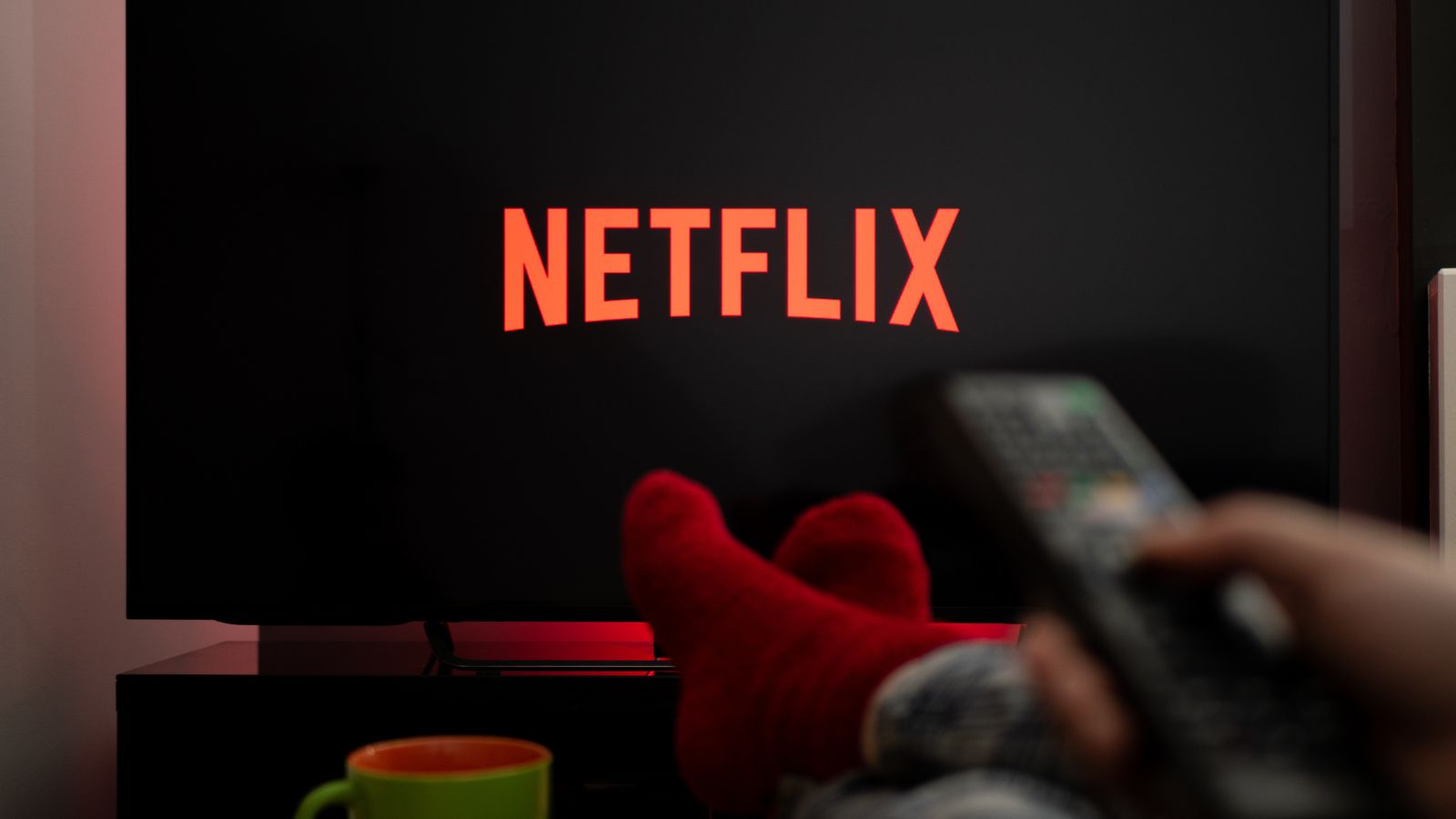
Netflix’s popularity in Canada is unquestionable, but it comes at the expense of the country’s cultural sector. The company streams vast amounts of U.S. content, which makes it harder for Canadian creators to gain visibility. Unlike traditional broadcasters, Netflix wasn’t initially required to contribute to Canadian content funding, creating an unfair advantage. This has long-term implications for national identity and the survival of Canada’s own entertainment industry.
Starbucks

Starbucks has reshaped coffee culture in Canada, often pushing out beloved local cafes. Its rapid expansion across cities has made it harder for independent coffee shops to thrive, especially those that source locally or offer community-oriented spaces. The brand also tends to homogenize neighborhoods with its predictable, Americanized design. While it offers jobs, they’re typically low-wage and not focused on career development within Canada.
Home Depot
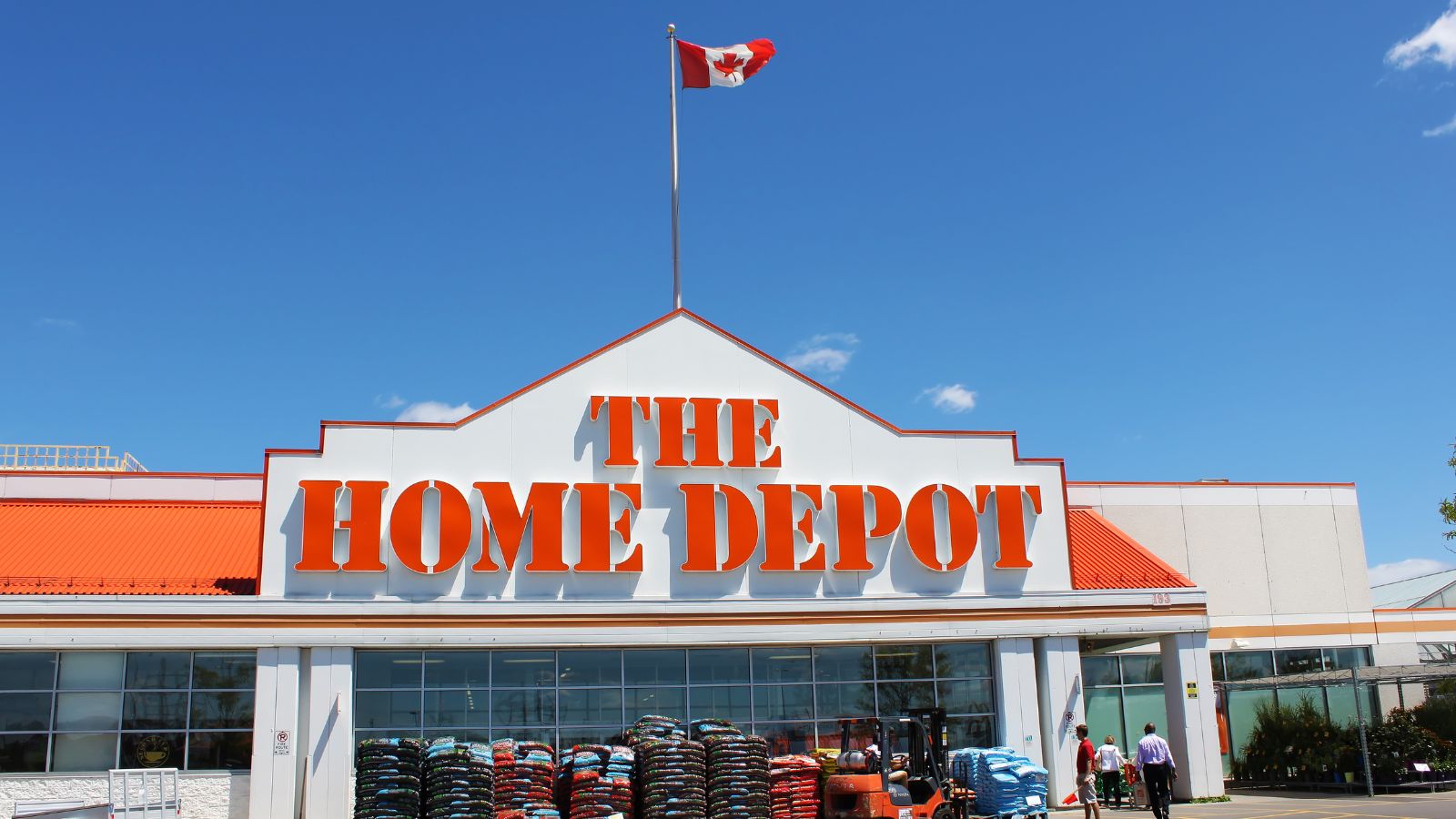
Home Depot’s arrival in Canada had a direct impact on local hardware stores and lumber suppliers. Its massive buying power allows it to undercut smaller businesses on price, often by sourcing products internationally. This has made it more difficult for Canadian-owned supply chains and local producers to stay competitive. As the company expands, it reduces the diversity and resilience of Canada’s home improvement retail sector.
Costco
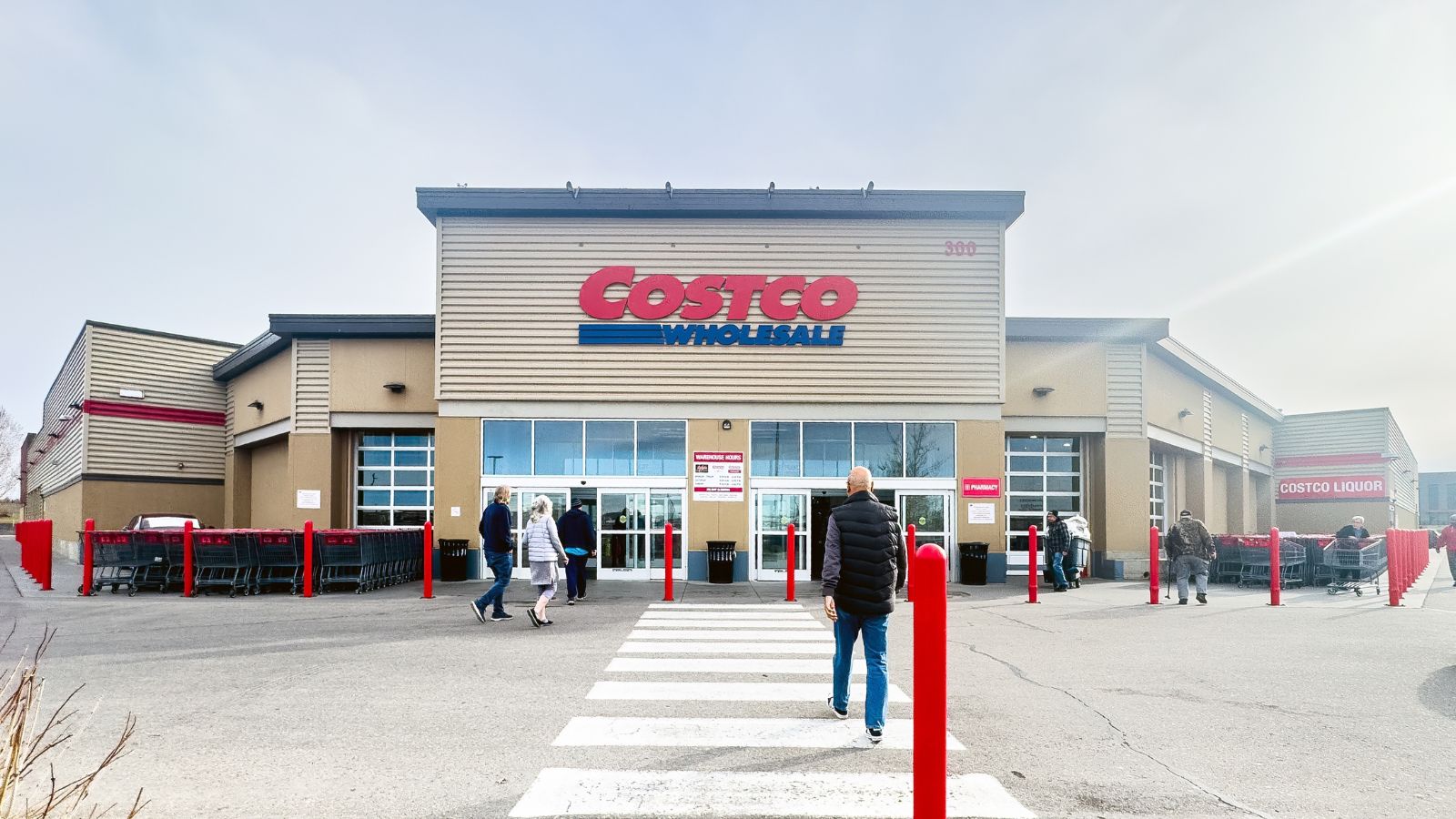
Costco may seem like a bargain hunter’s paradise, but it subtly redirects money away from Canadian producers. Many of its bulk products are imported from the U.S., with limited space allocated for local brands. This suppresses Canadian food manufacturing and distorts competition in sectors like dairy, snacks, and household goods. The model also encourages overconsumption, contributing to food waste and environmental harm.
Facebook (Meta)

Meta, which owns Facebook and Instagram, has an outsized influence on Canadian media and small businesses. Its dominance in advertising has siphoned revenue away from Canadian newspapers, radio, and online outlets, many of which are struggling to survive. Meanwhile, changes to its algorithm and news blocking policies have directly limited Canadians’ access to domestic journalism. This American tech giant reshapes Canadian discourse while giving little back to its media ecosystem.

Google controls the lion’s share of internet searches in Canada, and with that power comes consequences. Canadian businesses often have to pay hefty fees to advertise or appear prominently in results, creating a reliance on a U.S.-based platform. Its dominance also hurts local tech alternatives and data privacy, as much of the information gathered from Canadians is stored and processed in the United States. The company’s decisions can dramatically influence Canadian education, media, and commerce.
Apple
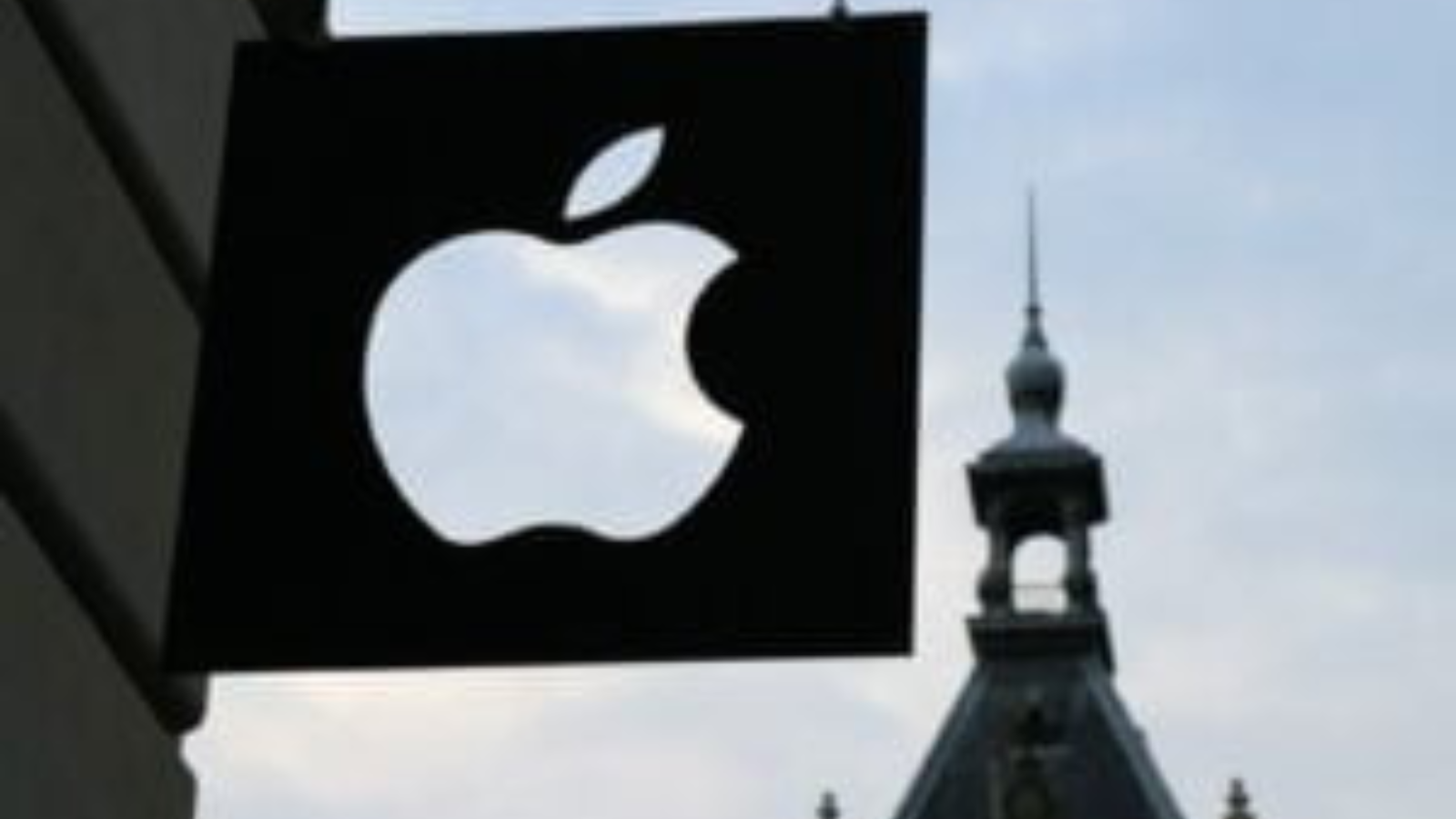
Apple’s sleek devices dominate the Canadian market, but the company’s practices quietly cost Canadians more than they think. Prices for Apple products in Canada are often significantly higher than in the U.S., even when currency differences are taken into account. Repair restrictions and proprietary software lock Canadians into expensive upgrades and services. Moreover, Apple’s global supply chain doesn’t prioritize Canadian labor or environmental standards.
Target
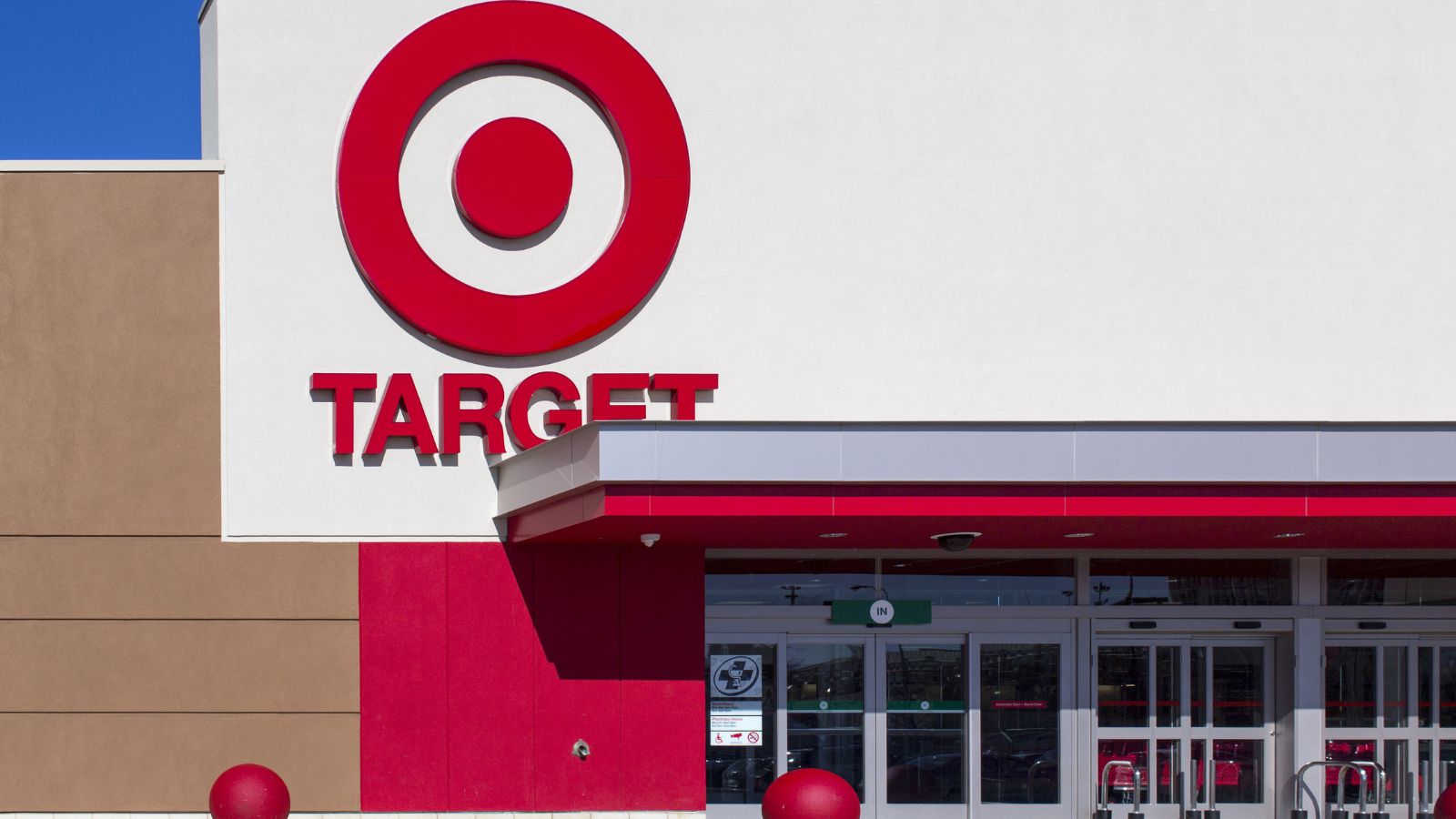
Although Target’s foray into Canada famously failed, its brief presence still left scars on the Canadian retail scene. The company’s rushed expansion led to the collapse of Zellers, a long-standing Canadian discount chain, and contributed to job losses across the country. When Target exited, it left empty storefronts, lost investments, and displaced workers in dozens of communities. It was a cautionary tale of American overreach that Canadians are still recovering from.
Chevron

As one of the largest oil companies operating in Canada, Chevron has influenced everything from gas prices to pipeline politics. It profits from Canadian natural resources while headquartering its decisions—and its tax obligations, south of the border. Chevron’s environmental track record has been called into question, and its presence often delays investment in cleaner, locally-controlled energy initiatives. The company’s influence puts Canadian energy independence at risk.
PepsiCo
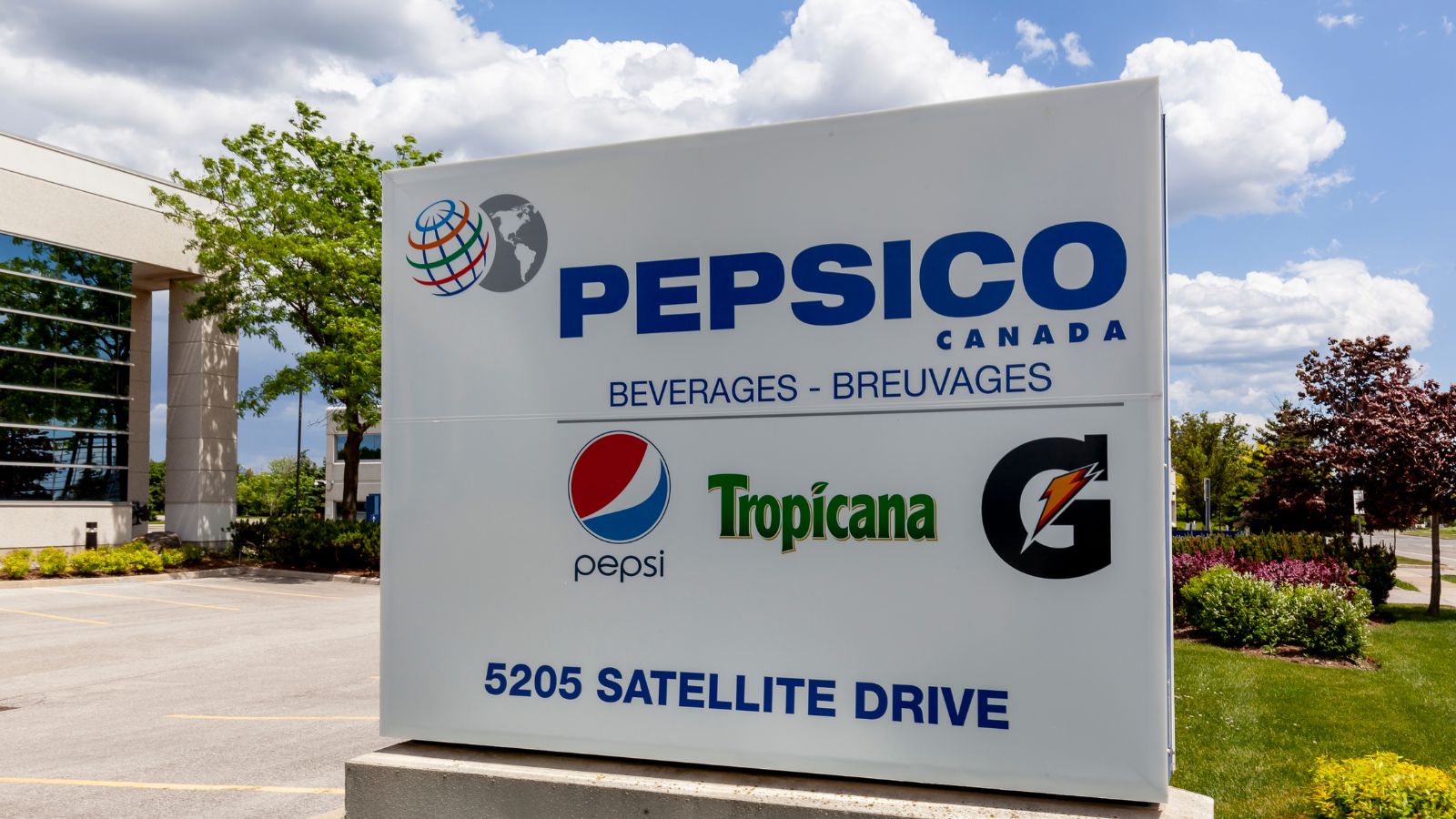
PepsiCo owns dozens of snack, beverage, and packaged food brands commonly sold in Canadian supermarkets. While widely consumed, these products often undercut smaller Canadian food producers and reduce shelf space for local brands. The company’s marketing encourages high-sugar, high-sodium diets, with public health consequences for Canadians. PepsiCo’s dominance in schools, vending machines, and sports sponsorships limits healthier, homegrown alternatives from gaining traction.
Procter & Gamble (P&G)
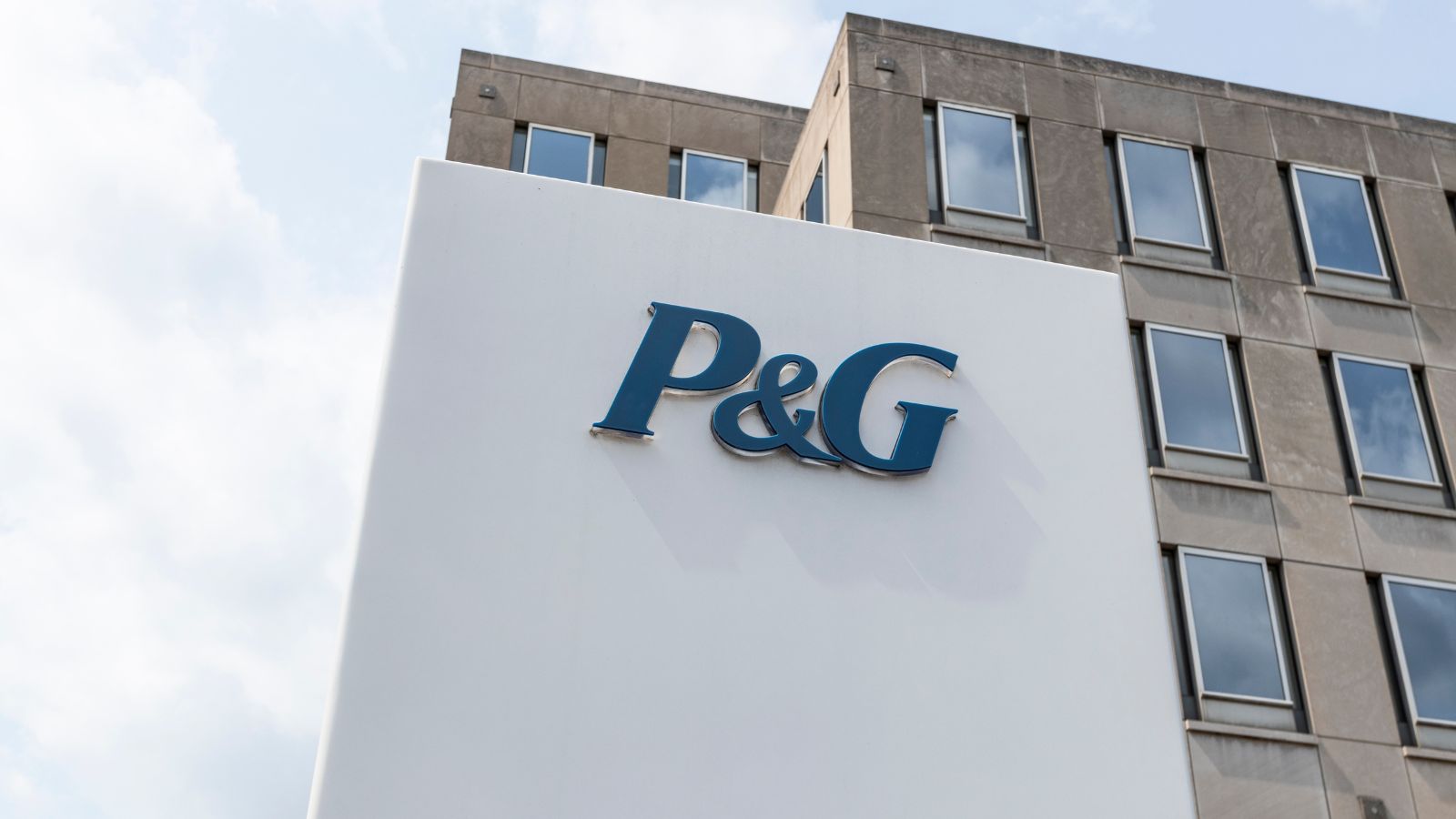
P&G owns many of the household products Canadians rely on daily—from laundry detergent to personal care items. However, most of these goods are imported from the U.S., contributing to a persistent trade imbalance. Canadian alternatives struggle for shelf space and recognition against P&G’s massive branding and retail influence. In effect, P&G crowds out local innovation and keeps a tight grip on everyday consumer spending in Canada.
21 Products Canadians Should Stockpile Before Tariffs Hit

If trade tensions escalate between Canada and the U.S., everyday essentials can suddenly disappear or skyrocket in price. Products like pantry basics and tech must-haves that depend on are deeply tied to cross-border supply chains and are likely to face various kinds of disruptions
21 Products Canadians Should Stockpile Before Tariffs Hit
